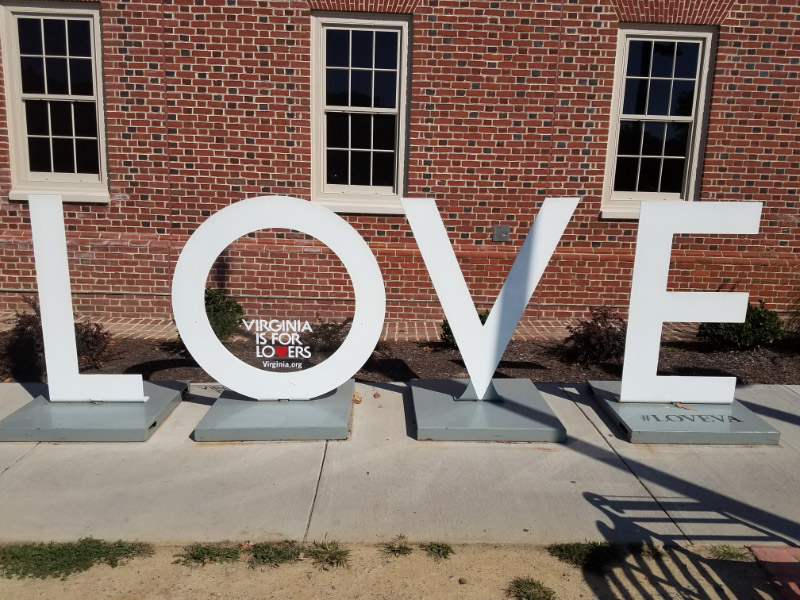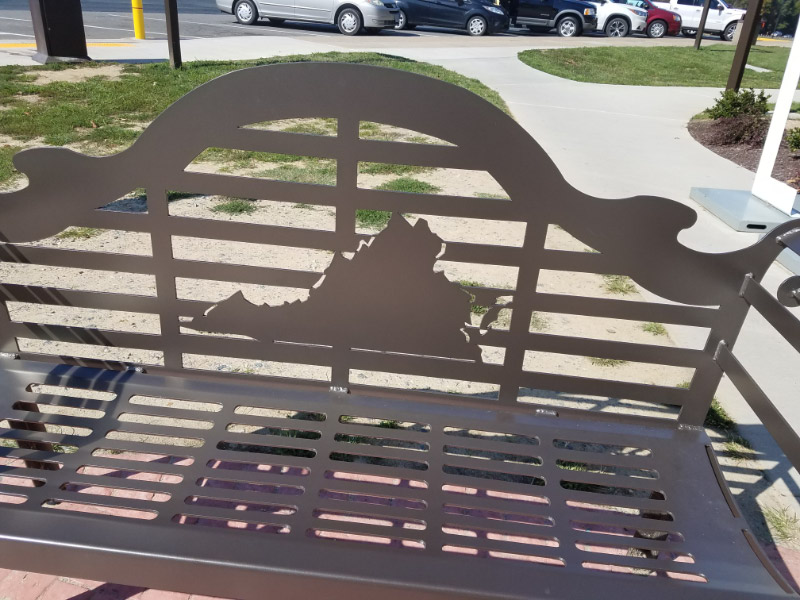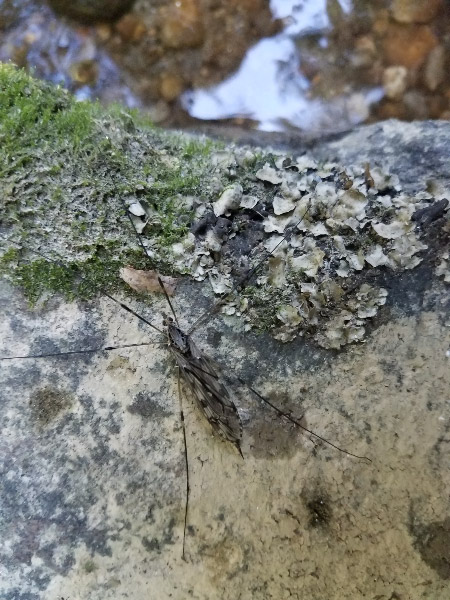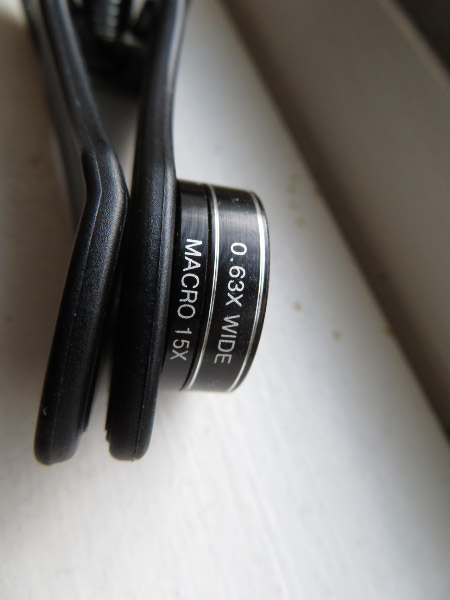Gleanings of the Week Ending November 18, 2017
/The items below were ‘the cream’ of the articles and websites I found this past week. Click on the light green text to look at the article.
The Acoustics of Ancient Greek Theaters Aren’t What They Used to Be | Smart News | Smithsonian – Legendary acoustics? Maybe not. But they are still very good even with the changes in the structures over time (pitting of smooth surfaces, no backdrops, etc.)
BBC - Future - The useless design features in modern products – copper rivets and watch pockets in jeans, cockpits with analog dials/leavers/knobs, and keyboard layout. The look of modern products has a lot to do with history!
Five Things to Know About the Yellowstone Supervolcano | Smart News | Smithsonian – I can remember my daughter being fascinated that Yellowstone is a Supervolcano when we visited. She was enthusiastic about finding a book about it and was puzzled when the person manning the bookstore seemed surprised that she wanted a book about super volcanoes!
Keeping Your Balance as You Age | Berkeley Wellness – Some reasons to do some balance exercises…and some easy ones that don’t need any equipment.
Some items about a favorite food around Thanksgiving: Pumpkin genomes sequenced, revealing uncommon evolutionary history -- ScienceDaily and 7 Pumpkin Recipe Ideas | Berkeley Wellness
Oldest recorded solar eclipse helps date the Egyptian pharaohs -- ScienceDaily – October 30, 1207 BC! A new calculation that, if accepted, could lead to an adjustment in the dates of the reigns of several pharaohs…enabling to date them precisely
Caribbean’s largest concentration of indigenous pre-Columbian rock art -- ScienceDaily - Artists before Columbus: New research on the Caribbean’s largest concentration of indigenous pre-Columbian rock art (how it was made, paint recipes). The pictographs are in very narrow spaces deep in caves. Follow the materials link at the bottom of the article to see some images. As I read the article, I realized that the research had probably been completed before the recent hurricanes.
Older Neandertal survived with a little help from his friends – Loss of a forearm, deaf…and he survived into his 40s…about 50,000 years ago.
The Weird Growth Strategy of Earth’s First Trees | The Scientist Magazine® - The first tree grew large very differently than modern trees!
4 Myths About Meditation and How to Overcome Them | Berkeley Wellness – For me – the ‘myths’ are no so important…the mediation is.



























































































